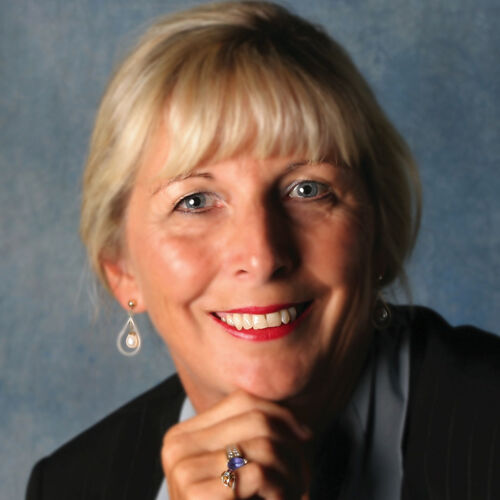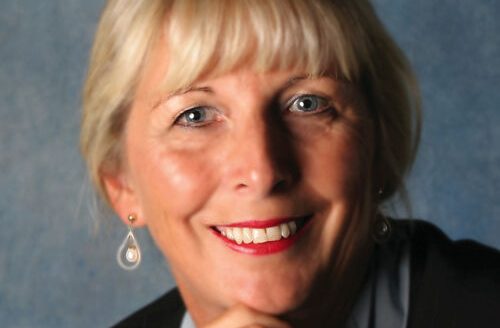If you have been reading this column for several years, you may be old enough to remember when growers who were hit with some form of natural disaster sought urgent help from the federal government for ad hoc disaster assistance.
Help usually arrived, but not often in a timely fashion. In some cases, those who needed help the most had to wait for a year or two to get some type of payment—and oftentimes, lenders weren’t that patient. Still, during the five-year period beginning in 1998 and ending in 2002—and before meaningful crop insurance reform—the federal government made ad hoc disaster payments of approximately $30 billion, according to an American Farm Bureau Federation report.
Driven in part by the need to give farmers more certainty, lawmakers worked to improve the federal crop insurance program, a public-private partnership where farmers pay a portion of the premium costs. Premium subsidies were increased, more types of insurance plans were offered, and enrollment grew steadily—reducing the demand for most types of disaster assistance.
The program covers over 130 commodities on over 380 million acres in all 50 states, according to the Risk Management Agency.
But in some parts of the country the call for a permanent disaster program is back.
House Agriculture Committee Chairman David Scott says he’s working on a proposal for a permanent disaster fund to help farmers recover financially from an increasing number of natural disasters, but policy experts say designing and paying for a program that works for farmers without encouraging risky practices will be hard to do.
The committee is working on a bill that would ensure money is continually available for disaster relief without having to go through the annual appropriations process to get funds released, Scott, D-GA, said in late May. A key House ag subcommittee also recently held a hearing to review the "Efficacy of the Farm Safety Net."
“It just takes too long, as many of our farmers are done away with because we move too slow,” Scott said.
The American Farm Bureau Federation will launch its nationwide farm bill working groups in August, and a permanent disaster program will be part of their discussions, said Andrew Walmsley, an AFBF director of congressional relations.
He said farmers have been frustrated in the past by ad hoc disaster payments because it could sometimes take two years to get payments after a disaster strikes.
However, Walmsley said there are a lot of issues to consider, including how a permanent disaster program would interact with crop insurance.
“Obviously, crop insurance is vitally important, and we continue to see that program improved, and there are obviously certain parts of the country where crop insurance works perfectly for many commodities,” he told Agri-Pulse.
Funding a disaster program will be hard, too, depending on the fiscal situation after the 2022 mid-term elections and how much money is available for the next farm bill, he said.
This wouldn’t be the first time Congress has set up a permanent disaster fund. The 2008 farm bill authorized the Supplemental Revenue Assistance Payments, or SURE, program as a replacement for the temporary aid programs that had been implemented in previous years.
Under SURE, farmers could get assistance for any crop they grew. If they hadn’t purchased crop insurance, they had to pay a “buy-in” fee to participate in SURE.
The program failed to catch on, in part because of its complexity but also because farmers didn’t get payments until two years after the disaster. “So, at that point in time, you’re not much better than ad hoc assistance,” one ag industry lobbyist told Agri-Pulse. Congress didn’t renew the program in the 2014 farm bill.
In a 2010 report by the Congressional Research Service, USDA’s Farm Service Agency said the SURE program was the most “complex” program in the 2008 farm bill that it had to implement.
“It has faced a number of implementation challenges in terms of program administration, such as collecting and tabulating a significant amount of data for individual farmers, as well as crop price data that are not readily available,” the report said.
Sign up for HPJ Insights
Our weekly newsletter delivers the latest news straight to your inbox including breaking news, our exclusive columns and much more.
Former House Agriculture Committee Chairman Collin Peterson talked about a need for permanent disaster funding when he was in Congress, but he said it’s difficult to design a program.
“Whatever ends up happening here, the producer has to have enough skin in the game so that they’re paying attention to what they’re doing, and it’s not something where the government is going to take things over,” he told Agri-Pulse.
A disaster program potentially could be funded through USDA’s Commodity Credit Corp., a revolving account used to make farm payments, but there may not always be enough money available, said former Agriculture Secretary Dan Glickman.
“There will always be disasters that come up that will far exceed the amount of money in the permanent disaster fund,” Glickman, the nation’s top ag official from 1995-2001, said.
He also said a permanent disaster fund could discourage farmers from buying or increasing coverage of crop insurance if the fund keeps getting routinely raised due to increased natural disasters.
"Sometimes that might be necessary due to the size and scope of a disaster, or if the crop insurance subsidies from the government get reduced for budgetary reasons, but the goal should be as best as possible to build a crop insurance system that works for ag commodities of all types," Glickman said.
But he noted the need for a permanent disaster fund will grow as disasters, such as the drought now gripping the West, continually occur.
“I’m out in California right now and this drought out here, which covers almost the entire western half of the United States is almost biblical, it’s catastrophic,” Glickman said in a telephone interview.
Peterson noted that there is no large coalition behind the idea of a permanent disaster program yet, even though some individual lawmakers are looking at the idea.
“I think it’s an uphill battle,” he said.
Editor’s note: Sara Wyant can be reached at www.agri-pulse.com. Associate Editor Ben Nuelle and Executive Editor Philip Brasher contributed to this report.

